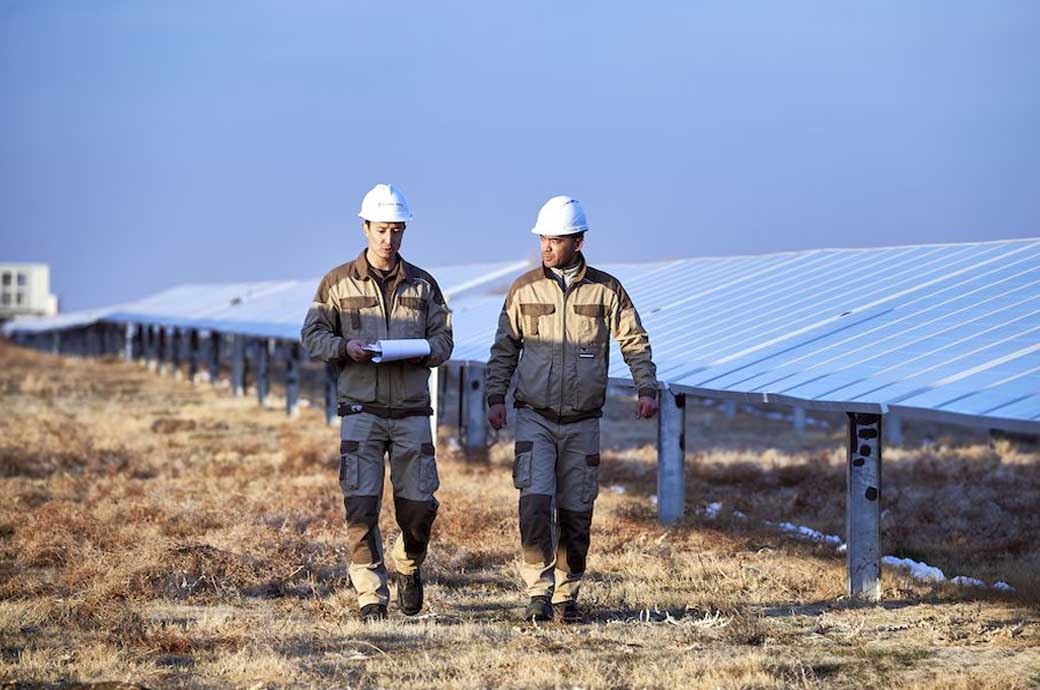
The region can further enhance its energy security through cross-border infrastructure like the Central Asian Power System, which interconnects Central Asian countries at different voltage levels and enables regional power trade, ADB said in a note after the CAREC Energy Outlook 2030 was released recently.
The publication examines Central Asia and the Caucasus, as well as neighboring Mongolia, Pakistan and China.
In 2020, energy demand in CAREC countries (excluding China) was 204 million tonnes of oil equivalent (toe). This is projected to go up to 254 million-290 million toe or by around 32 per cent by 2030, with electricity as one of the biggest sources of consumption.
The consumption of natural gas in the energy mix is also expected to grow, reflecting its dominance as a fuel in power generation, and direct consumption in residential and industrial sectors.
If China is included in the projection, energy demand is expected to rise from 2.3 billion toe in 2020 to 2.4 billion-2.7 billion toe in 2030.
Several CAREC countries that continue to use aging energy infrastructure from the Soviet Union era are currently ranked among the 20 least energy-efficient economies in the world. In the electricity sector, energy losses can go as high as 20 per cent.
Upgrading transmission and distribution infrastructure in the CAREC region (excluding China) is estimated to cost from $25 billion to $49 billion, and if China is included, the estimate is $768 billion-$901 billion.
Hydropower is currently the largest source of renewable energy in the CAREC region (including China) with more than 380 gigawatts (GW) of installed generation capacity as of 2019. Tajikistan, the Kyrgyz Republic and Georgia mostly rely on hydropower for electricity.
Yet, wind and solar are also shaping up to be viable investments, with development costs dropping by over 80 per cent and 35 per cent respectively since 2010, ADB observed in the report.
Currently, wind and solar energy comprise only 6 per cent of installed capacity in the region. The region needs large-scale public investments to realise the enormous potential of wind and solar, but private sector participation—which can be encouraged through regulatory reforms and incentives, among others—is also crucial, the ADB report adds.
ALCHEMPro News Desk (DS)
Receive daily prices and market insights straight to your inbox. Subscribe to AlchemPro Weekly!